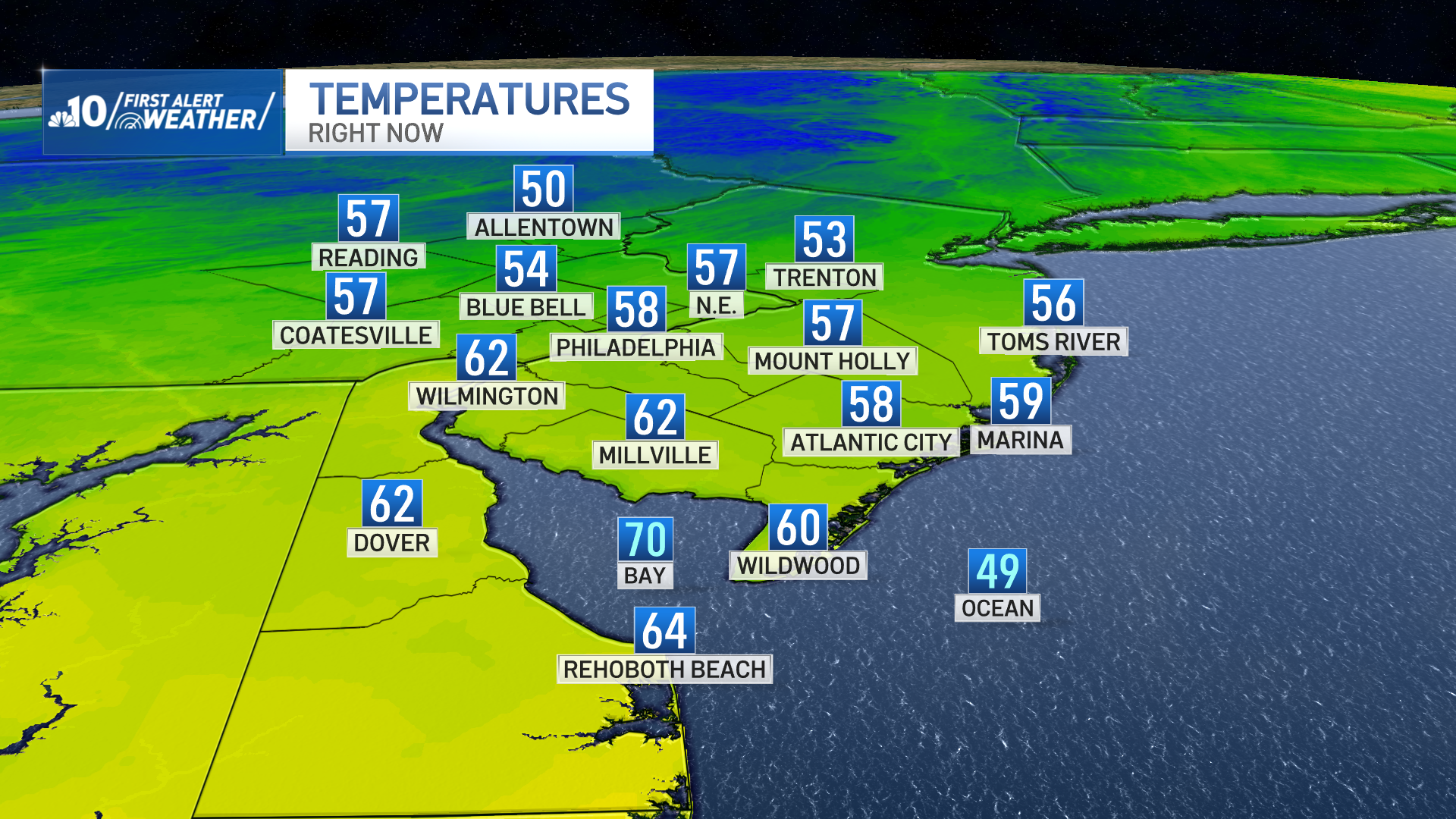

"Though the winds may not be the greatest threat, there will be a significant threat when it comes to the rainfall." "Category 1 hurricanes still put a lot of people at risk to not only lose property but also their lives," Schott said. "That is because the second storm comes in so close that there may not be much of a window when we can fly search-and-rescue helicopters, when we can get out with high-water vehicles and those sorts of things."Ĭharacterizing the storm systems as a "one-two punch," the National Weather Service's meteorologist in charge in New Orleans, Benjamin Schott, urged residents to take precautions now in advance of the high winds, storm surges and likely power outages. "The first 72 hours is on you," Edwards said. The governor urged residents to prepare to take cover, warning they will essentially be on their own for the first few days. But if mass shelters are required, officials say they are prepared to segregate by family and will have protocols in place for thermometers and personal protective equipment to reduce the spread of COVID-19. State officials say mass sheltering is typically not needed for hurricanes weaker than Category 3. People should continue to wear masks, keep physical distance and wash their hands regularly, he said. So that makes this a very difficult emergency to manage without having the natural disaster on top of it," Edwards said. "We still have a lot of COVID-19 in Louisiana, tens of thousands of cases across the state, and as many of half of which are completely asymptomatic. The storm is forecast to become a hurricane late Tuesday.Ĭomplicating matters is the coronavirus pandemic. It is expected to strengthen as it approaches the Florida Keys during the next couple of days and approaches Louisiana. Tropical Storm Laura, which has already drenched Haiti and the Dominican Republic, is moving west-northwest at 21 mph, the NHC said. "The combination of a dangerous storm surge and the tide will cause normally dry areas near the coast to be flooded by rising waters moving inland from the shoreline," the NHC said. Sabine Pass, Texas, to Morgan City, La., could see a storm surge between 2 and 4 feet, as could the area from Ocean Springs to the Mississippi-Alabama border. If the two systems develop into hurricanes simultaneously, it would be the first time on record that the Gulf of Mexico has had two hurricanes at the same time, according to Colorado State University hurricane researcher Phil Klotzbach.Īs Marco approaches shore, harsh storm conditions are possible early Monday along portions of the Gulf Coast, according to the National Hurricane Center.Ĭities from Morgan City, La., to Ocean Springs, Miss., could see a storm surge of 4 to 6 feet - especially if the peak surge occurs during high tide.


 0 kommentar(er)
0 kommentar(er)
